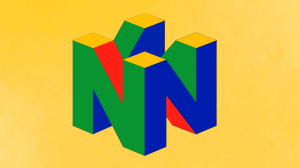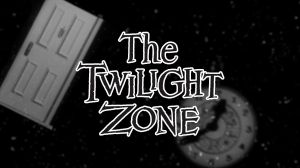The Nintendo GameCube might have been one of the most criminally underrated video game consoles of all time. Several of the system’s best games have been brought to other platforms over the years, where they’ve managed to find a bigger audience, including former exclusives like Metroid Prime and Resident Evil 4. Next month, Paper Mario: The Thousand-Year Door will finally get a similar treatment when it lands on Nintendo Switch. Ahead of the release, ComicBook.com had a chance to go hands-on with the remaster’s first few chapters to see how things are shaping up.
Videos by ComicBook.com
In Paper Mario: The Thousand-Year Door, Mario has arrived in a new location named Rogueport. Mario took the journey after receiving a letter and a treasure map mailed to him by Princess Peach. While Mario isn’t yet aware of it, the princess has once again been kidnapped, this time by a new group of enemies known as the X-Nauts. With the treasure map being his only clue to Peach’s whereabouts, Mario sets off on a quest to find the Crystal Shards and use them to open a sealed door beneath Rogueport.
Return to Turn-Based
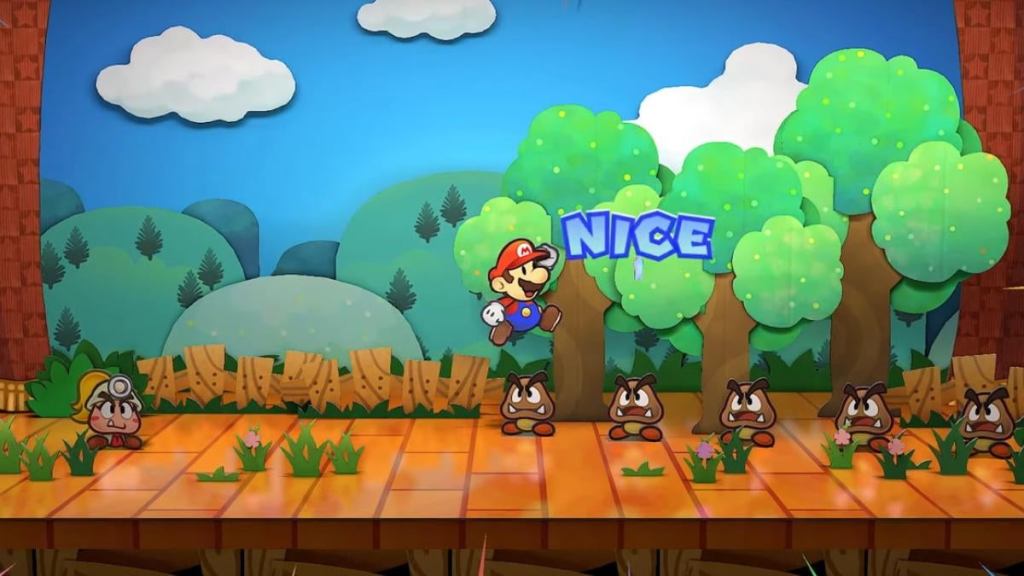
Like the original Paper Mario and Super Mario RPG, The Thousand-Year Door is a turn-based RPG with some platforming elements. Familiar enemies appear on the map as they would in any normal Mario game, but if Mario stomps on a Goomba in the overworld, it won’t be defeated; instead, things will shift to a turn-based screen, where Mario will deal some bonus damage for pulling off an early attack. However, that’s not always the case, as players have to keep in mind that enemies like Piranha Plants or Goombas wearing spiked helmets could hurt Mario’s feet. There’s a sort of common sense strategy to it, and players can deal extra damage in battle by timing their button presses, giving these fights more interactivity than many other turn-based games.
The Thousand-Year Door‘s battles all take place as part of a stage show, and there’s an audience of onlookers ready to judge Mario and his allies. If players nail the timing of their attacks, the audience will get more into the show, and might even lend a hand. If things go the other way, Mario and friends might have to worry about the crowd in addition to their opponents.
A Fresh Coat of Paint
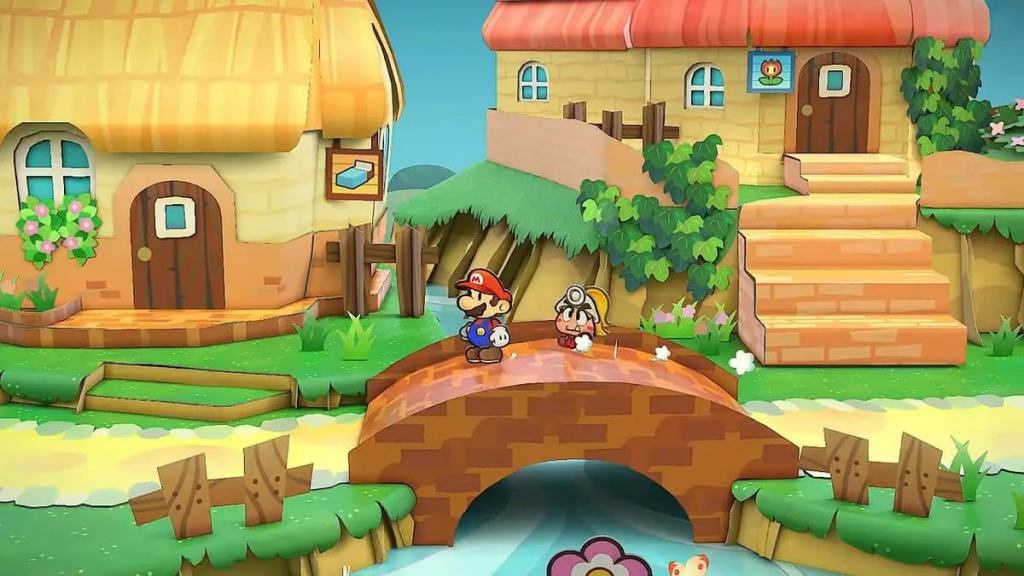
Mario won’t be alone in his journey, as he’ll encounter several allies introduced in this game. These include characters such as a Goomba named Goombella and a Koopa Troopa named Koops. One of the most common complaints about more recent Paper Mario games is that they’ve moved away from using original character designs like these ones. Seeing these fan favorites return in HD really hits home just how strong the character designs are in The Thousand-Year Door. It will be interesting to see if they make a comeback in future Mario RPGs, as a recent Nintendo survey has suggested.
Speaking of those HD graphics, it’s hard to overstate just how great this remaster of The Thousand-Year Door looks. Everything looks significantly better than it did 20 years ago, from those aforementioned character models, to the lighting effects, and even some reflections. After finding myself disappointed by the presentation in Princess Peach: Showtime! last month, I’m really impressed by how much better looking The Thousand-Year Door is. Given the reputation the game has established over the last two decades, it makes sense that Nintendo and Intelligent Systems would put some effort into this remaster, but I’m still really impressed with how everything pops off the screen. The best remasters should fool newcomers into thinking that they’re brand-new games, and I’d argue that Paper Mario: The Thousand-Year Door looks better than a lot of modern games on Switch.
Beyond the graphics, there are a couple minor improvements, including a partner ring that makes it easier to swap between partners when Mario needs to use their abilities in the overworld. That quality-of-life improvement isn’t a huge deal, but it’s a lot more convenient than having to jump back into the game’s menu. There’s also a new Battle Master character that helps teach newcomers the basics of battle, but players don’t need to interact with him if they’ve already got plenty of RPG experience.
Just Like on GameCube, But a Little Bit Better
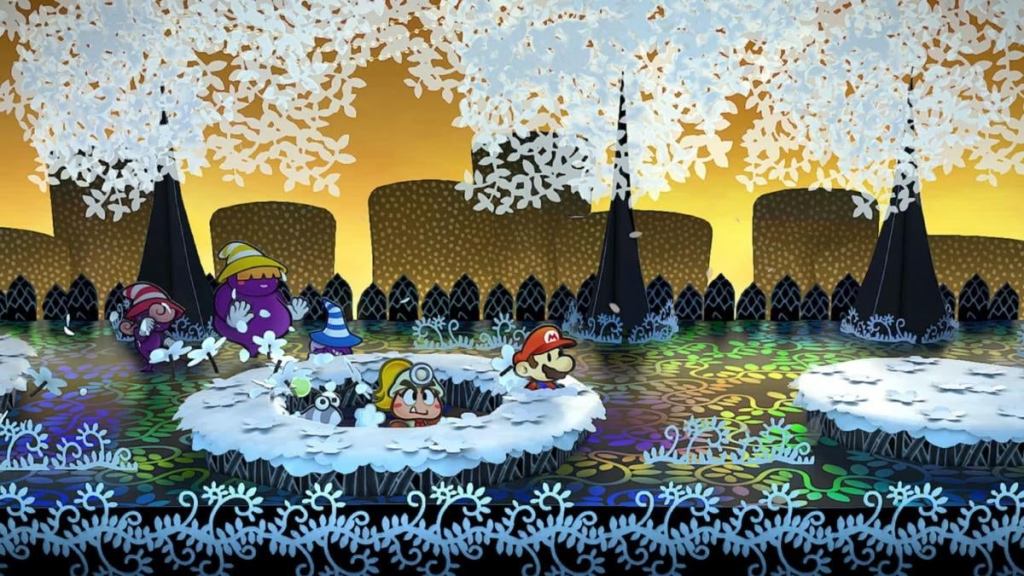
In my short time with the game so far, Paper Mario: The Thousand-Year Door seems just like the RPG I played on my GameCube back in 2004. For the most part, that’s a good thing; we’re talking about a critically-acclaimed game that has never gotten an official re-release, so it makes sense for Nintendo to stick to smaller changes.
Outside of the graphics, none of these changes are that big of a deal, but I am interested to see if there’s anything else that’s been added once the credits roll. For now, this seems like a pretty straightforward take on one of Mario’s best games, and I’m pretty okay with that. After two decades of waiting for a new release for Paper Mario: The Thousand-Year Door, longtime fans and newcomers should still find plenty to love.
Are you looking forward to Paper Mario: The Thousand-Year Door? Did you play it on GameCube? Share your thoughts with me directly on Twitter at @Marcdachamp or on Instagram at @Dachampgaming!

